South Korea: Joseon Cuisine and Its Cultural Significance
Introduction
Welcome to the enchanting realm of Joseon cuisine, a treasure trove of flavors and traditions that have endured for centuries in the Korean peninsula. This culinary journey takes us back in time to the historical Joseon dynasty, where the art of cooking was perfected and refined, resulting in a rich tapestry of dishes that continue to captivate food enthusiasts to this day.
The Joseon Dynasty was a period of great cultural development in Korea, lasting from 1392 to 1910. During this time, the court cuisine of the royal family and aristocracy evolved into a refined and elegant art form, with a focus on using high-quality ingredients and cooking techniques to create dishes that were both visually stunning and delicious.
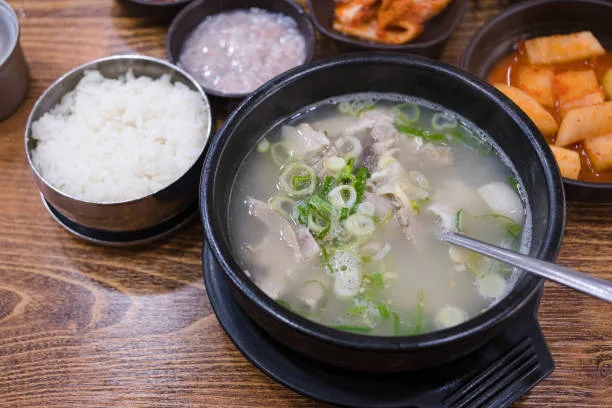
In this blog, we will explore the rich history and unique characteristics of Joseon cuisine, including its key ingredients, cooking methods, and cultural significance.
History of Joseon Cuisine

The origins of Joseon cuisine can be traced back to the Goryeo Dynasty (918-1392) when the royal court began to develop its own unique culinary culture. However, it was during the Joseon Dynasty that this cuisine truly came into its own, as the royal court and aristocracy became increasingly interested in the arts, including the culinary arts.
Under the patronage of the royal family, famous chefs and culinary masters were invited to the court to create new dishes and refine existing ones. These chefs were highly respected and were given the title of “Jungguk eumsik daegam,” which means “great master of Korean cuisine.”
The royal court cuisine of the Joseon Dynasty was known for its elegance and sophistication, with a focus on using the freshest and highest-quality ingredients available. The cuisine also placed a strong emphasis on balance and harmony, both in terms of flavor and presentation.
Key Ingredients of Joseon Cuisine
One of the hallmarks of Joseon cuisine is its use of high-quality ingredients, many of which were sourced from the royal court’s own farms and gardens. Some of the key ingredients used in Joseon cuisine include:
Rice: Rice was the staple food of the Joseon Dynasty, and it was often served as part of a meal in various forms, including steamed rice, rice porridge, rice cakes, and more.
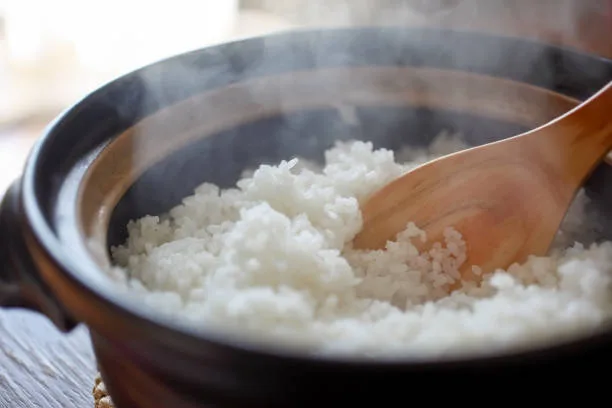
Meat: Although meat was not as widely consumed in Korea during the Joseon Dynasty as it is today, it was still an important part of the cuisine, especially for the royal court and aristocracy. Some of the most commonly used meats in Joseon cuisine include beef, pork, chicken, and fish.
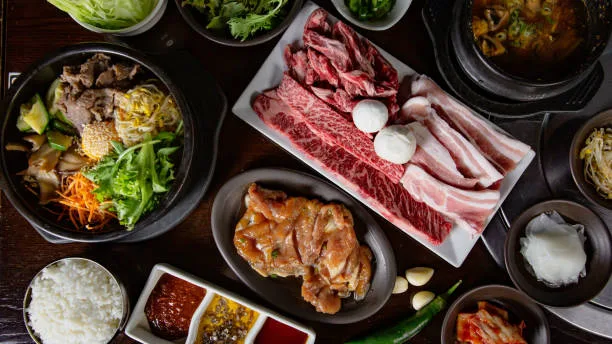
Vegetables: Vegetables were also an important part of Joseon cuisine, with a focus on using seasonal, locally grown produce. Some of the most commonly used vegetables included radishes, cabbage, spinach, and soybean sprouts.

Soy Sauce: Soy sauce was a key ingredient in many Joseon dishes, and it was used to add a savory umami flavor to soups, stews, and marinades.

Gochujang: Gochujang is a fermented chili paste widely used in Korean cuisine, and it was also a key ingredient in many Joseon dishes. It was used to add a spicy kick to soups, stews, and marinades.
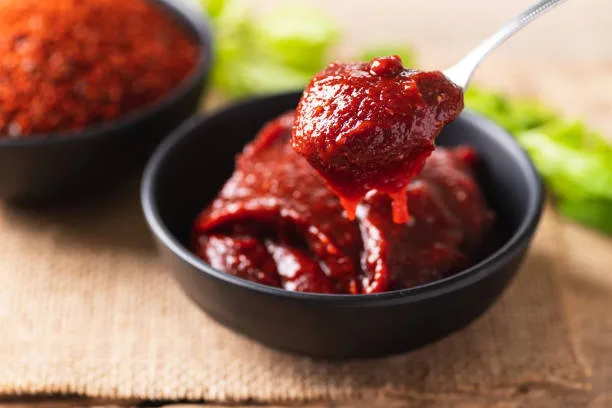
The Art of Fermentation
One of the most defining aspects of Joseon cuisine was its mastery of fermentation techniques. Fermented foods were not only valued for their unique flavors but also for their health benefits. Kimchi, the iconic Korean side dish made from fermented vegetables, was a vital part of the Joseon diet and continues to hold cultural significance in modern Korea. Other fermented delicacies included soybean paste (doenjang), soy sauce (ganjang), and various types of pickled vegetables, collectively known as jangajji.
Read more Traditional Clothing of South Korea: Hanbok
Royal Cuisine – A Gastronomic Extravaganza:
Joseon cuisine reached its pinnacle within the royal court, where an elaborate and extravagant culinary tradition thrived. The royal kitchen, known as “Suragan,” was staffed by skilled chefs who dedicated themselves to crafting exquisite dishes for the king and his courtiers. These meals were not only sumptuous but also visually stunning, as aesthetics played a vital role in the presentation of food. A typical royal meal would consist of multiple courses, each artfully prepared and infused with delicate flavors.
Representative Dishes:
Hanjeongsik: Hanjeongsik refers to the full-course traditional Korean meal that typically includes an array of dishes, both vegetarian and non-vegetarian. The emphasis is on achieving balance, and the meal is often accompanied by various banchan (side dishes).

Japchae: Japchae is a beloved Korean noodle dish made from sweet potato starch noodles, stir-fried with an assortment of vegetables, meat, and soy-based sauce. Its delightful combination of textures and flavors makes it a favorite among locals and foreigners alike.
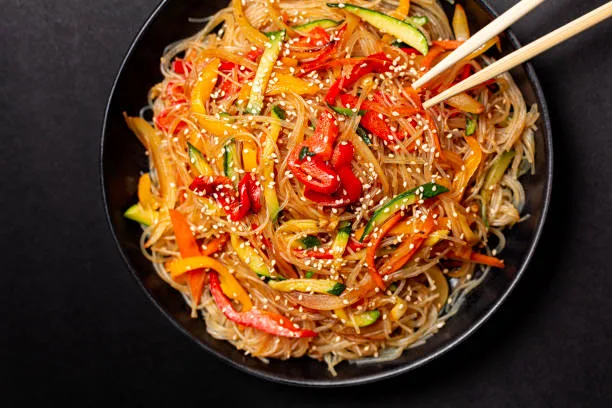
Bibimbap: Bibimbap, meaning “mixed rice,” is a colorful and nutritious dish consisting of rice topped with an assortment of sautéed vegetables, meat, a fried egg, and gochujang (Korean chili paste).
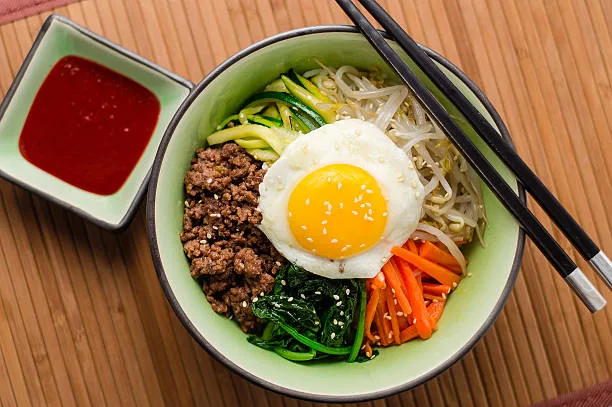
Gujeolpan: Gujeolpan is a visually stunning dish that consists of nine different delicacies, including meat, seafood, and vegetables, arranged on a round wooden platter, and served with thin wheat pancakes.
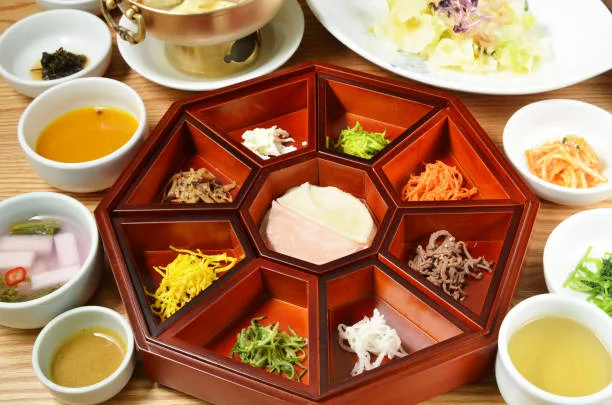
Cooking Methods in Joseon Cuisine
The cooking methods used in Joseon cuisine were often complex and time-consuming, with a focus on preserving the natural flavors and textures of the ingredients. Some of the most common cooking methods used in Joseon cuisine include:

Steaming: Steaming was a popular cooking method in Joseon cuisine, especially for rice, vegetables, and fish. This cooking method helped to preserve the natural flavors and nutrients of the ingredients.
Braising: Braising was another popular cooking method in Joseon cuisine, and it was often used to cook meat and vegetables. This cooking method involved cooking the ingredients slowly in a flavorful broth until they were tender and infused with flavor.
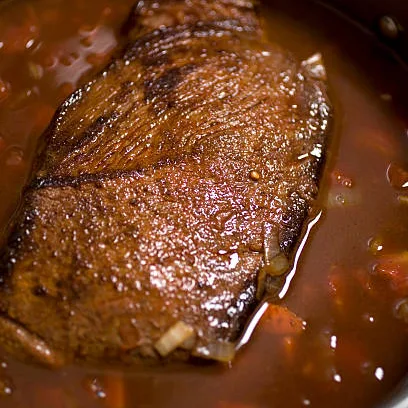
Grilling: Grilling was also a popular cooking method in Joseon cuisine, especially for meat and fish. Grilling helped to add a smoky flavor to the ingredients and gave them a crispy, caramelized exterior.

Cultural Significance of Joseon Cuisine
Joseon cuisine played an important role in Korean culture, both as a symbol of the country’s cultural heritage and as a way of bringing people together. The cuisine was often served at important events and celebrations, such as weddings, birthdays, and religious ceremonies.
In addition, Joseon cuisine was also closely associated with the Confucian values that were central to Korean society during the Joseon Dynasty. These values placed a strong emphasis on balance, harmony, and respect for tradition, all of which were reflected in the cuisine.

Today, Joseon cuisine continues to be celebrated as an important part of Korean culinary heritage. Many traditional Joseon dishes, such as bibimbap, bulgogi, and kimchi, are still popular today and can be found in Korean restaurants around the world.
Conclusion
Joseon cuisine is a rich and unique culinary tradition that has played an important role in Korean culture for centuries. With a focus on using high-quality ingredients and cooking methods that preserve the natural flavors and textures of the ingredients, this cuisine has created some of the most delicious and visually stunning dishes in Korean culinary history.
Today, Joseon cuisine continues to be celebrated and appreciated as an important part of Korean culinary heritage, and it serves as a reminder of the country’s rich cultural history. Whether you’re a food lover or a history buff, exploring the world of Joseon cuisine is a fascinating and delicious journey that is well worth taking







[…] culinary Journey of Korea is as diverse and vibrant as its culture and history. Korean cuisine, known for its bold flavors, rich textures, and healthful ingredients, has gained global […]